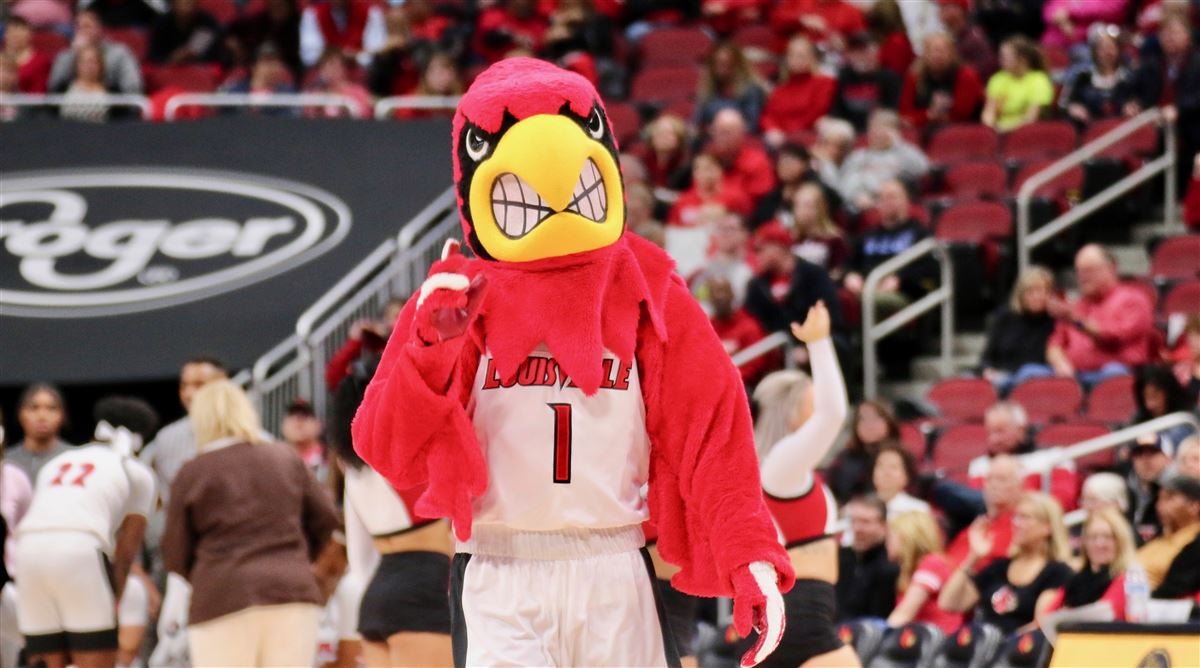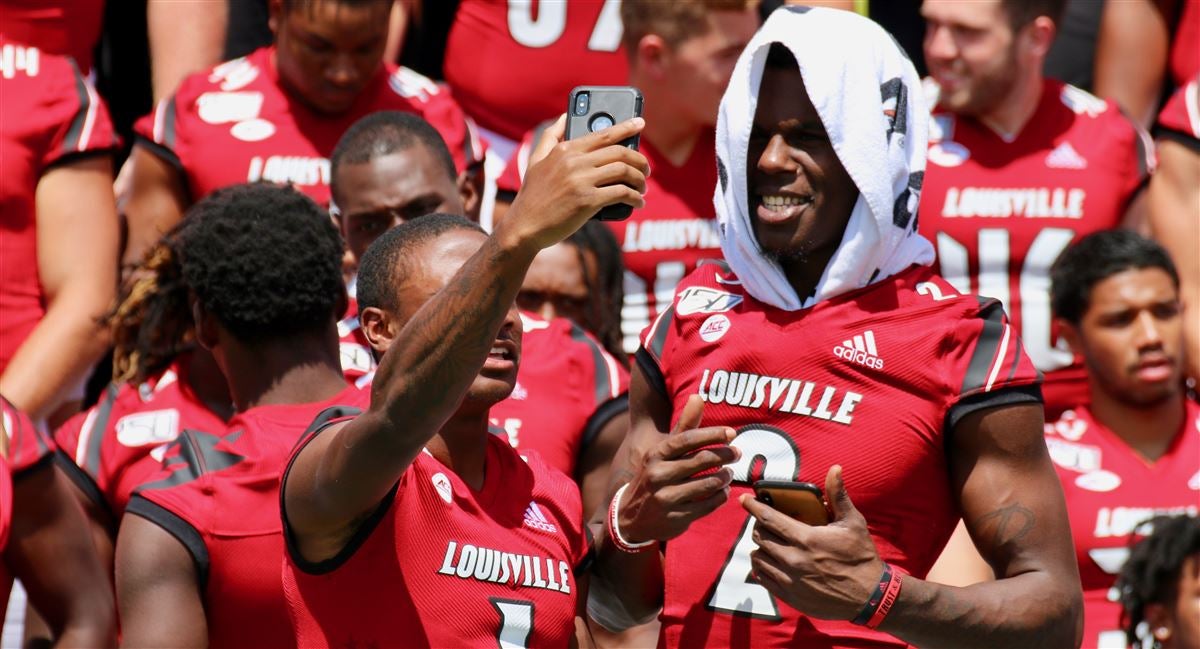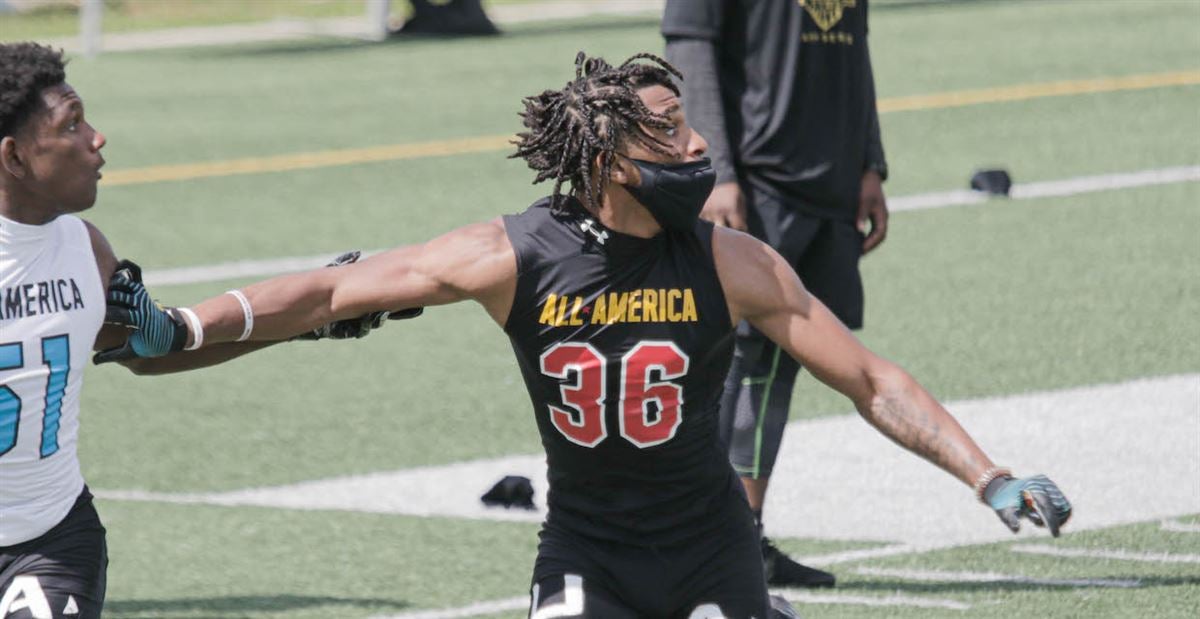
Most people think that cardinals wear red. At the age of 80, cardinals lose the right to take part in any papal election, but their counsel is still prized by the pope. By papal decree, no more than 120 are eligible to vote in a conclave to elect a new pope, although it has been set aside a few times, especially during the reign of Pope John Paul II. That number grew steadily, so that today there are around 180.

1585-1590) decreed that there should be 70 members, a number that was unchanged until 1958, when Pope Blessed John XXIII increased it by five. During the Middle Ages, it was not unusual for there to be a mere handful at one point there were only four choosing a new pope. The number of cardinals has varied considerably over the centuries. They are then enrolled formally into the Sacred College through an elaborate ceremony in Rome called a consistory. Any priest can be named to the college, and all new members receive a formal document, called a biglietto (literally “ticket”) informing them of the honor.

The pope alone decides who will be made a cardinal. They hold title to assignment to one of the deaconries of Rome. Cardinal deacons are reminiscent of the seven deacons who once administered the districts of Rome and the deacons who assisted in the papal household. They hold title to a particular church in Rome, a historical reminder of the earlier custom of the clergy of Rome participating in the election of the pope.Ĭardinal deacons are titular bishops assigned to full-time service in the Roman Curia or are theologians honored by the pope for their contribution to the Church. The patriarchs of the Eastern Catholic Churches are also assigned rank among the cardinal bishops.Ĭardinal priests today are officials of the Roman Curia or bishops whose dioceses are outside Rome, such as the Archbishops of Chicago, Paris, New York and Mexico City. Today cardinal bishops are senior members of the College of Cardinals who are engaged in full-time service in the Roman Curia. Cardinal bishops originated out of the actual bishops of the suffragan dioceses surrounding Rome, the so-called suburbicarian sees - that is, the dioceses neighboring Rome. The pope, however, may permit a new cardinal to be appointed without episcopal consecration. This practice was finally abolished in 1917 when Church law made it necessary for all cardinals to be “priests of outstanding learning, piety, judgment and ability.” To add to the significance of cardinals in the Church, in 1962 Pope John XXIII commanded that each cardinal should be consecrated a bishop if he was not already one. Kinds of Cardinalsįor many centuries, certain laymen were also made cardinals. The central part played by the cardinals can be seen in the origin of their name, from the Latin word cardo, meaning a hinge or pivot, denoting that they are the key counselors, or pivots, for the whole Church. Today most cardinals come from truly humble origins. By ancient custom, they are called “princes” because of the diplomatic status their position gives them and also because in previous centuries many of the members belonged to the great noble families of Europe.

Membership bestows no heightened spiritual authority, but the cardinals have as their two chief duties assisting the pope in the government of the vast worldwide Church and, above all, electing each new pontiff whom they serve. Put simply, a cardinal is a priest or a bishop who has been named by the pope to what is known as the Sacred College of Cardinals, so-called because it is a body, or college, of Church officials. Rather, it came into being out of the need of the popes for reliable advisers. This is not true, for unlike the office of bishop, the rank of cardinal was not established by Christ. Because of their sway and their closeness to the pope, cardinals are sometimes thought to possess superior spiritual authority to bishops. While powerful members of the most select body in the world, cardinals recognize that their tasks on behalf of the pope and the Church are as varied as their talents: they may travel the globe on special missions, administer vital archdioceses and choose new popes. In truth, cardinals are indispensable officials who began their long careers as humble young priests and who, by earning the confidence of the pope, are entrusted with the very future of the Catholic Church through their right to vote in papal elections. What we do know comes mostly from the media, where cardinals are often depicted as remote and formidable figures in their scarlet robes who help lead the Church and gather together in the Sistine Chapel to elect a new pope. After all, they are not a big topic in catechism classes. Even though we see them quite often, most Catholics know very little about cardinals.


 0 kommentar(er)
0 kommentar(er)
